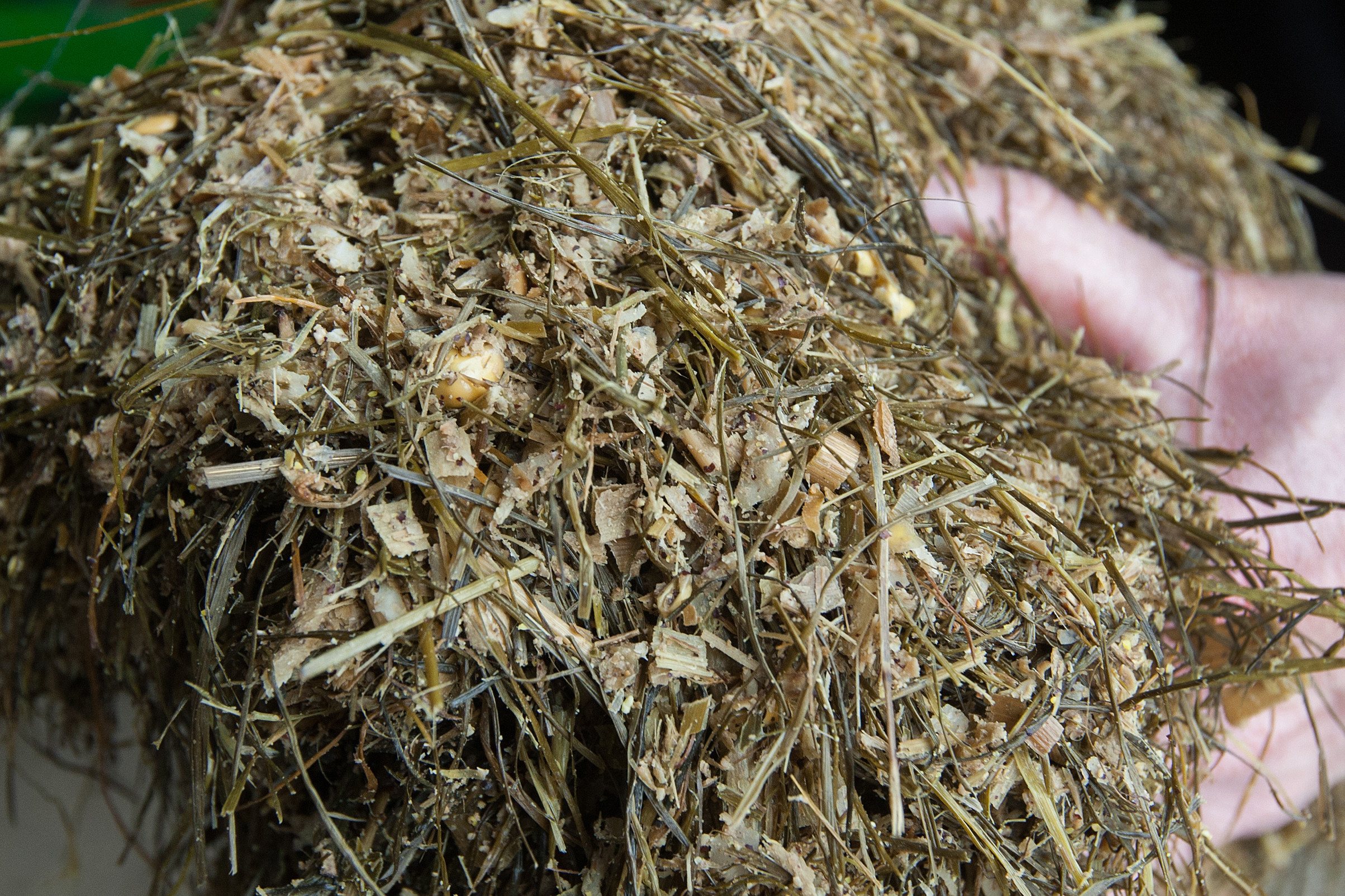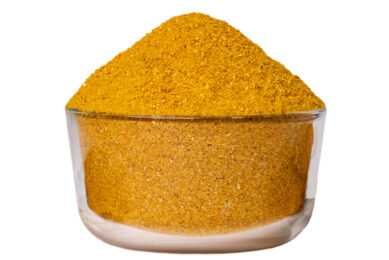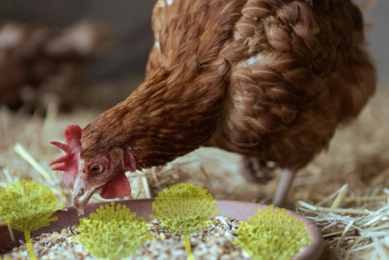Mycotoxin risk for Canadian DDGS and TMR

Canadian grains contain high levels of mycotoxins. This is according to new data from animal nutrition company Alltech.
The data contains the analysis results from corn, spring wheat, barley and triticale samples from across Canada as part of the 2016 Alltech Canada Harvest Analysis. The results indicated a high risk for the presence of mycotoxins in total mixed rations (TMR), distillers dried grains with solubles (DDGS) and silage. On average, 3.8 different mycotoxins were present in the TMR and DDGS samples collected.
45 TMR samples from across Canada, from June 1 to November 30, were tested. It was shown that only 2% of the samples contained no mycotoxins. 2% of the samples contained 8 to 9 mycotoxins, 20% contained 6 to 7 mycotoxins, 29% contained 4 to 5 mycotoxins, 29% contained 2 to 3 mycotoxins and 18% contained 1 mycotoxin. Type B trichothecene mycotoxins (including DON) were present in 80% of the samples, and fusaric acid was present in more than half.
Deoxynivalenol (DON) is a type B trichothecene mycotoxin and was the most prevalent mycotoxin found in new-crop corn silage as well as spring wheat, barley and triticale samples. High levels of fusaric acid were also present in the samples collected. The combination of DON and fusaric acid can result in a high risk equivalent factor (REQ) that can be toxic to animals. Producers should observe their herd and monitor their animals for poor feed intake as well as reduced milk or meat production.











